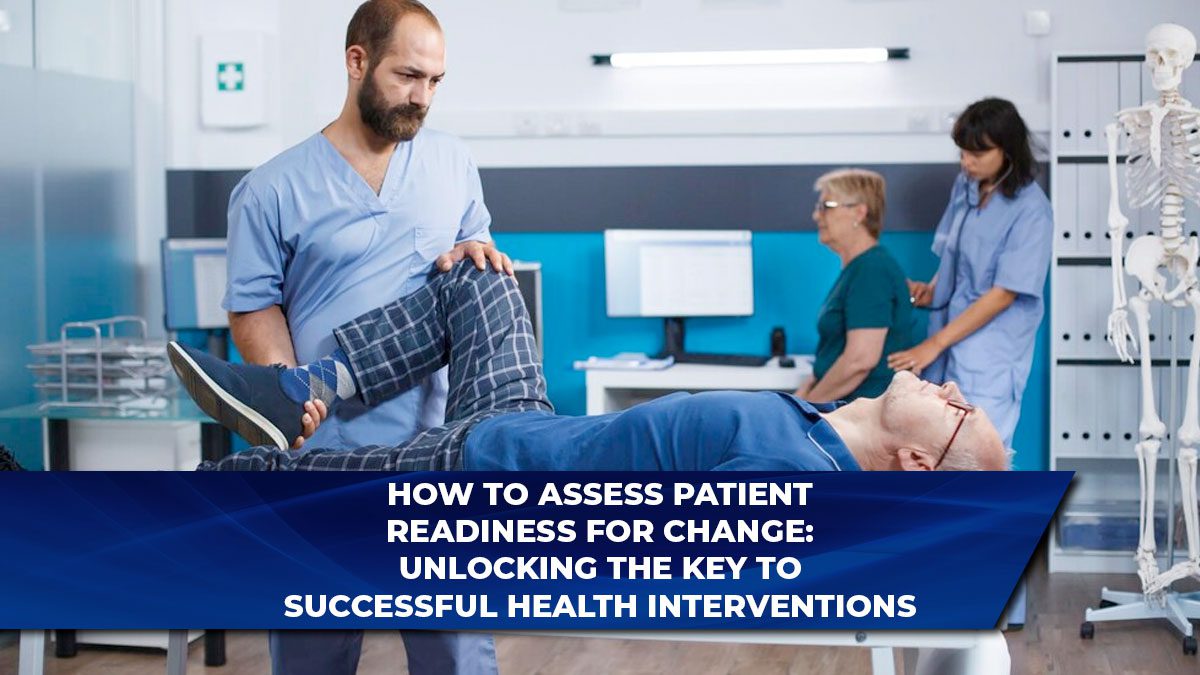Unlock Success with the “Four As” of the Coaching Process: A Game-Changer for APRNs!
The Power of Agenda Setting in Coaching
Agenda setting is a critical component of the coaching process. It involves giving control and the choice of topic to the patient, allowing them to set the agenda for the discussion. In the context of advanced practice nursing, this is a transformative approach, shifting the focus from the nurse’s perspective to what the patient deems important.
The APRN (Advanced Practice Registered Nurse) elicits the agenda—the topic the patient wants to discuss—and works collaboratively with the patient to address it. This approach empowers patients, enabling them to take charge of their health and make informed decisions.
For example, the APRN might say, “You have a lot of things going on with you, and we have 15 minutes together today. What would be most useful for you to have accomplished with our time together?” This question encourages the patient to prioritize their concerns, making the coaching session more effective and targeted.
Allowing silence after asking this question can be a powerful tool, giving the patient time to think and articulate their agenda. If the patient struggles with defining their agenda, the APRN may need to ask probing questions to help clarify the focus. However, the agenda must be specific, measurable, and within the patient’s control.
For example, acceptable agendas might include, “I need a plan for managing sugar cravings,” or “I want to be able to manage the colostomy myself.” On the other hand, agendas like “I want to feel better” or “I want my wife to have more concern about my pain” are too vague and not actionable.
Focusing on the patient’s agenda is a sharp departure from traditional patient education, which often revolves around the healthcare provider’s priorities. Instead, this approach is entirely patient-directed, fostering a deeper engagement and a sense of ownership in their health decisions.
Awareness: The First “A” in the Coaching Process
The first “A” in the coaching process is Awareness. This step involves helping the patient become aware of their current situation, behaviors, and feelings. It is about shining a light on the realities of their condition and how it impacts their life.
In the context of agenda setting, awareness is crucial. The patient needs to understand the significance of their chosen agenda and how it relates to their overall health and well-being. The APRN can facilitate this by asking questions that encourage reflection, such as, “How do you think your current habits are affecting your health?” or “What changes have you noticed since we last met?”
Awareness is not just about identifying problems; it’s also about recognizing opportunities for growth and change. By fostering awareness, the APRN helps the patient see the bigger picture and the steps they can take to improve their situation.
Action: The Second “A” in the Coaching Process
The second “A” stands for Action. Once the agenda has been set and awareness has been raised, it’s time to move into action. This involves developing a plan of action that the patient can follow to achieve their goals.
The action plan should be realistic, achievable, and tailored to the patient’s specific needs and circumstances. It’s not enough to simply tell the patient what to do; the APRN must work with them to create a plan that they are committed to and capable of executing.
For example, if a patient sets an agenda to manage sugar cravings, the action plan might include specific steps such as identifying triggers for cravings, substituting healthier alternatives, and setting small, achievable goals for reducing sugar intake.
The APRN’s role in this stage is to provide guidance and support, helping the patient to stay on track and adjust the plan as needed. The action stage is where the patient’s commitment to their agenda is tested, and the APRN’s support can make all the difference in their success.
Accountability: The Third “A” in the Coaching Process
Accountability is the third “A” and is a critical aspect of the coaching process. It involves holding the patient accountable for the actions they have committed to in the previous stage. This is where the APRN checks in with the patient to monitor progress, celebrate successes, and address any challenges that arise.
Accountability can be a powerful motivator for patients. Knowing that they will need to report back on their progress can encourage them to stay focused and committed to their goals. The APRN can facilitate this by scheduling regular follow-up sessions, providing positive reinforcement, and helping the patient troubleshoot any obstacles they encounter.
In the context of the coaching process, accountability is not about punishment or judgment. Instead, it is about providing a supportive environment where the patient feels encouraged to stick to their plan and make the necessary changes to achieve their goals.
Adaptability: The Fourth “A” in the Coaching Process
The final “A” in the coaching process is Adaptability. This step involves being flexible and responsive to the patient’s needs and circumstances as they progress through their action plan. Life is unpredictable, and patients may encounter challenges or changes that require adjustments to their plan.
Adaptability means being willing to revisit and revise the agenda, action plan, and accountability measures as needed. The APRN plays a crucial role in this process by maintaining open communication with the patient, listening to their concerns, and providing guidance on how to adjust their plan to fit their changing needs.
For example, if a patient finds that their original action plan is too ambitious or not yielding the desired results, the APRN can help them scale back or modify the plan to make it more achievable. This flexibility ensures that the patient remains engaged and motivated, even when faced with setbacks.
Adaptability also involves being open to new information and insights that may emerge during the coaching process. As the patient progresses, they may develop new goals or priorities that require a shift in focus. The APRN’s ability to adapt to these changes is essential for maintaining the effectiveness of the coaching process.
FAQ: Frequently Asked Questions
Q: What are the “Four As” of the coaching process?
A: The “Four As” of the coaching process are Agenda Setting, Awareness, Action, and Accountability. These steps guide the coaching process and help ensure that the patient remains engaged and committed to their goals.
Q: Why is agenda setting important in the coaching process?
A: Agenda setting is important because it allows the patient to take control of the coaching session by choosing the topic they want to focus on. This empowers the patient and ensures that the session is relevant and meaningful to them.
Q: How does awareness contribute to the coaching process?
A: Awareness helps the patient understand their current situation and the impact of their behaviors and decisions on their health. It is the first step in identifying areas for improvement and setting the stage for action.
Q: What role does action play in the coaching process?
A: Action involves creating a plan to achieve the goals set during the agenda-setting stage. It is the step where the patient commits to specific behaviors and strategies to improve their health.
Q: How can APRNs help patients stay accountable?
A: APRNs can help patients stay accountable by scheduling regular follow-up sessions, providing positive reinforcement, and helping them address any challenges that arise. Accountability encourages patients to stay committed to their goals.
Q: What is the significance of adaptability in the coaching process?
A: Adaptability is important because it allows the coaching process to be flexible and responsive to the patient’s changing needs and circumstances. It ensures that the action plan remains relevant and achievable, even when challenges arise.
Q: How does the coaching process differ from traditional patient education?
A: The coaching process differs from traditional patient education in that it is entirely patient-directed. The patient sets the agenda and takes an active role in their health decisions, whereas traditional education often focuses on the provider’s priorities.
Q: Can the “Four As” of the coaching process be applied outside of healthcare?
A: Yes, the “Four As” of the coaching process can be applied in various contexts, including personal development, business coaching, and education. The principles of agenda setting, awareness, action, and accountability are universally applicable.
Q: What are some common challenges in the coaching process?
A: Common challenges in the coaching process include difficulty in setting specific agendas, lack of patient commitment to the action plan, and the need for adaptability in the face of changing circumstances.
Q: How can APRNs overcome challenges in the coaching process?
A: APRNs can overcome challenges in the coaching process by using probing questions to clarify the agenda, providing strong support and guidance during the action stage, and maintaining flexibility to adapt the plan as needed.
By understanding and applying the “Four As” of the coaching process, APRNs and other healthcare professionals can create more effective and patient-centered coaching








